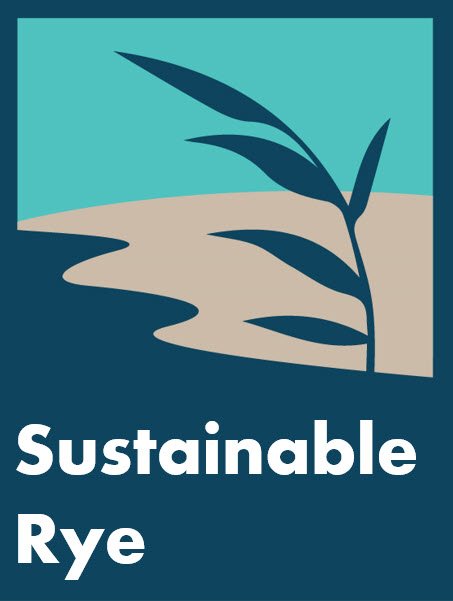Planting Hope: Acorn to Oak Initiative
What is Planting Hope?
The Acorn to Oak initiative is a community project to encourage residents to plant red oak trees to improve air quality, lessen noise pollution, mitigate flooding and absorb CO2 and toxins from our air. Residents learn how to test an acorn for viability and use a milk carton as a container. After six weeks, the seedling can be planted in the milk carton directly in the ground.
Background
In Fall 2019, an RSC Member collected most of the 600 acorns from a red oak tree in her backyard and the rest from oak trees along Playland Parkway. To prevent condensation and mold, the acorns were stored in sand in a refrigerator through the winter to stratify, and be ready for spring planting.
How to start an oak tree in a milk carton.
Planting Hope: From Acorn to Oak
Acorns are ready for collection at Knapp House, 265 Rye Beach Avenue, from Tuesday, March 24 to Sunday, March 29. Acorns and a limited amount of potting soil and milk cartons are available on a first come, first served basis.
TAKE 2 ACORNS AND FOLLOW THESE DIRECTIONS:
1. Test your acorn’s viability by immersing in water – if it floats, toss it away. If it sinks, it’s good to plant.
2. Use a half gallon milk carton (top cut off), large yogurt cup, or flower pot. Rinse it out and make 4 drainage holes in the base.
3. Fill container with soil.
4. Push acorn on its side ½ inch below soil surface.
5. Give ½ cup of water.
6. Place container in a sunny window.
Helpful Tips for Acorns:
Water twice weekly, keeping soil damp to touch, but not saturated. It’s important not to over or under water; about 1/2 cup each time should be enough, but it depends on the warmth of your home.
In 4-5 weeks, your acorn should germinate (sprout).
A stem will grow and young oak leaves will form! Below the surface, a long tap root has developed.
Choose a location outside to plant your oak seedling where it will have sunlight and plenty of room to expand.
Don’t forget to water it as it grows!
Protect your seedling from deer by placing a protective screen around it.
FUN FACTS
Red oak trees can drink up to 300 gallons of water a day – great for flood prone areas!
Red oak trees can grow more than two feet in a year.
Red oak trees can grow up to 60-75 feet tall, with a spread of 45-50 feet.
Northern red oak trees can live 200 – 500 years!
Long-living oaks are effective at storing the greenhouse gas carbon dioxide.



